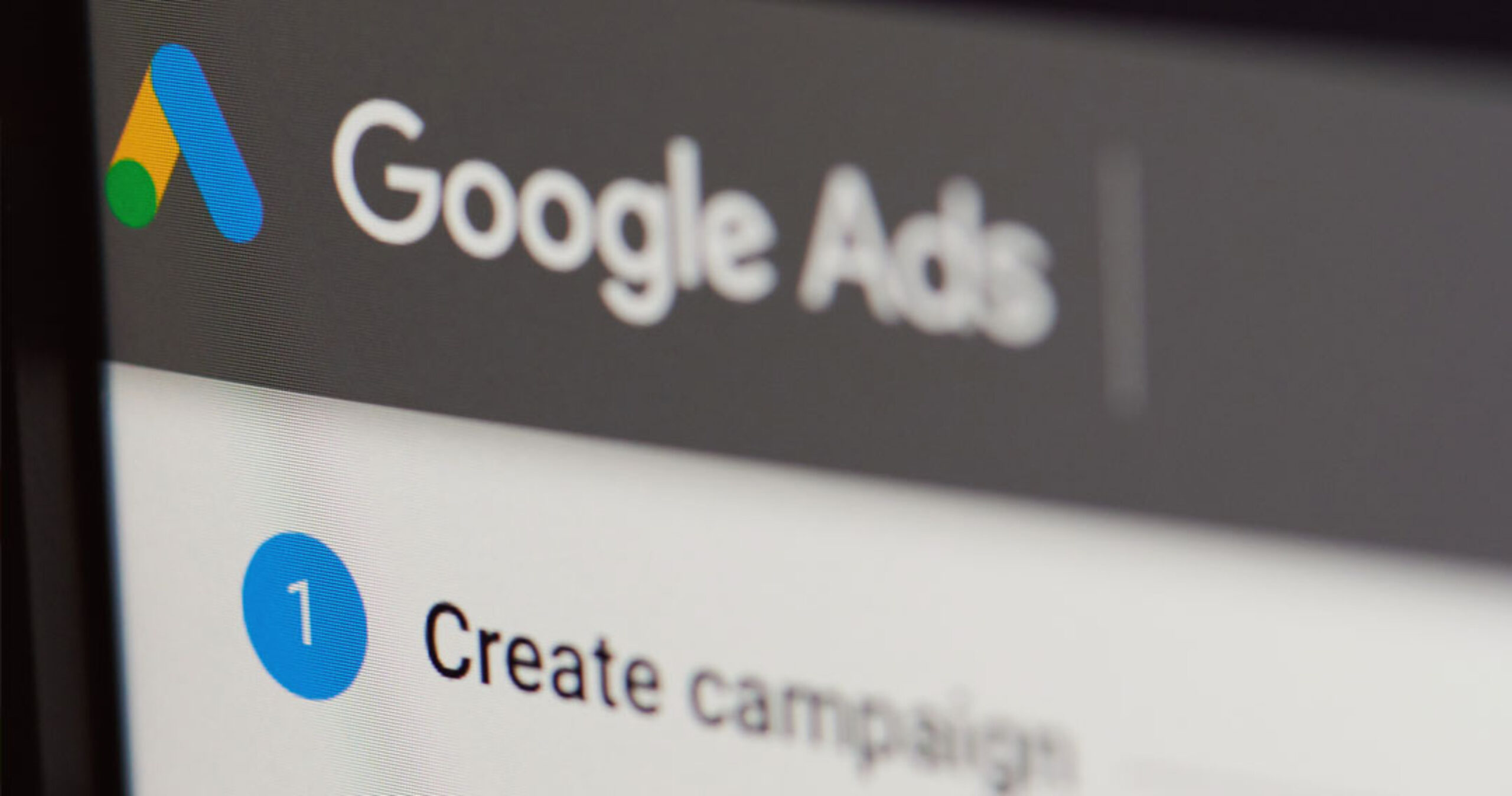Google Ads Strategy for Small Online Businesses: What You Need to Know
Starting a Google Ads campaign can be a game-changer for small online businesses looking to drive targeted traffic and boost sales. However, jumping into Google Ads without a clear strategy can lead to wasted ad spend and poor results. In this guide, we’ll walk you through the essential Google Ads strategies that small businesses should apply before running a campaign.
1. Set Clear Goals and KPIs for Your Google Ads Campaign
A successful Google Ads campaign starts with clear goals. Do you want to increase website traffic, generate more leads, or boost product sales? By defining specific goals for your business, you’ll know what metrics to track and which KPIs to measure.
Common goals for small online businesses include:
- Generating quality website traffic
- Increasing product sales
- Building an email list
- Raising brand awareness
By setting measurable KPIs such as click-through rate (CTR), conversion rate, or cost per acquisition (CPA), you can evaluate the effectiveness of your Google Ads campaigns and make necessary adjustments.
2. Target the Right Audience with Google Ads
One of the most important elements of any Google Ads strategy is understanding your target audience. You can’t effectively run ads if you don’t know who you’re trying to reach.
Use tools like Google Analytics and social media insights to gather data on your audience’s interests, demographics, and behavior. Create detailed customer personas to guide your ad targeting.
Key audience segments to consider include:
- Demographics: Age, gender, location
- Interests: Topics and hobbies your audience cares about
- Online Behavior: How they search, what websites they visit
By understanding your audience’s needs and desires, you can craft more personalized and relevant Google Ads.
3. Conduct Keyword Research for Your Google Ads Campaign
Keyword research is the backbone of any successful Google Ads campaign. Identifying the right keywords ensures your ads appear in front of the most relevant searchers. Using tools like Google Keyword Planner, research high-intent keywords related to your products or services.
Long-tail keywords are particularly valuable for small businesses. These are longer, more specific search queries that typically have less competition and higher conversion potential. For example, instead of targeting the broad keyword “shoes,” focus on something more specific like “comfortable running shoes for women.”
Make sure to organize your keywords into well-structured ad groups to keep your campaigns relevant and efficient.
4. Optimize Your Website for Google Ads Conversions
Before launching a Google Ads campaign, ensure your website is optimized for conversions. A well-designed website can increase your chances of turning clicks into customers.
Some key factors to consider:
- Improve page load times: Slow websites lead to high bounce rates.
- Mobile-friendly design: Many Google Ads clicks come from mobile users.
- Clear calls-to-action (CTAs): Make it easy for visitors to know what action to take next.
- Streamline the checkout process: Minimize the number of steps to complete a purchase.
Ensure that the landing pages connected to your ads are relevant, visually appealing, and offer a seamless user experience.
5. Set a Realistic Budget for Google Ads
As a small business, you may not have an unlimited budget for Google Ads. Start small and set a realistic ad budget that aligns with your goals. Monitor your campaigns closely and adjust as needed.
Here are a few tips to manage your Google Ads budget:
- Start with a modest daily budget and scale up once you see results.
- Use automated bidding strategies like Target CPA or Target ROAS to optimize your budget and increase efficiency.
- Focus on high-performing ads, keywords, and audiences, and adjust or pause underperforming ones.
6. Test and Optimize Your Google Ads Campaigns
A/B testing is essential for improving the performance of your Google Ads campaigns. Test different versions of your ads, landing pages, and targeting settings to see what resonates best with your audience.
Some things to test include:
- Ad copy: Different headlines, descriptions, and CTAs.
- Landing pages: Test variations to see which converts better.
- Targeting options: Try different audience segments or geographical locations.
By continuously optimizing your campaigns, you’ll improve your ROI over time.
7. Track and Analyze Performance Regularly
To ensure your Google Ads campaigns are effective, monitor them regularly using Google Ads reporting tools. Track your KPIs and adjust your strategy based on real-time data.
Keep an eye on:
- CTR: Indicates how well your ad copy resonates with your audience.
- Conversion Rate: Shows how many visitors are taking the desired actions on your website.
- Ad spend: Make sure you’re staying within budget and getting a good return.
Analyze your campaign’s performance frequently and make data-driven decisions to improve your results
Conclusion: Master Your Google Ads Strategy for Small Business Success
Running a Google Ads campaign without a solid strategy is like throwing money down the drain. By setting clear goals, understanding your audience, doing thorough keyword research, optimizing your website, and continually testing your campaigns, you can maximize your ad spend and drive meaningful results for your small online business.
